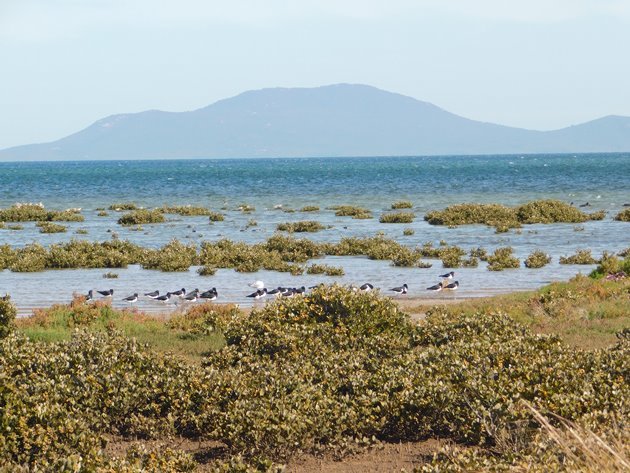
Toora bird hide is located about three kilometres from the small town Toora in South Gippsland. The bird hide offers excellent views of Corner Inlet towards Wilson’s Promontory National Park. Despite Corner Inlet being a large bay it often has very rough seas and strong winds. Over recent weeks South Gippsland often missed out on the heatwaves that crossed the nation. It is often much cooler on the coast than inland anyway.
I have visited Toora Bird Hide on many occasions over recent weeks. I incorporate a walk along the Great Southern Rail Trail from Foster to Toora and extend it three kilometres down the Toora Jetty Road to the bird hide. Depending on the weather the view across the bay varies considerably. The mudflats are influenced by the tide and shorebirds can be seen feeding near the jetty if the tide is out.
The bird hide is accessible by a short boardwalk from the jetty car-park or along the road and dirt track. There are shutters facing in three directions and wooden benches. There are always significant numbers of Black Swans and Grey Teal. Depending on the tide there are also significant numbers of other birds. The numbers really don’t compare to Cable Beach in Broome or Roebuck Bay in Broome, but they are good for Victoria. Over the Australian summer there are good numbers of migratory shorebirds including Eastern Curlews, Bar-tailed Godwits, Red Knot, Curlew Sandpipers and Red-necked Stint in the area.
Boardwalk to Toora bird hide
Black Swans and Grey Teal in front of the bird hide
Black Swans, Grey Teal, Eastern Curlew and Bar-tailed Godwits
Grey Teal, Eastern Curlew and Bar-tailed Godwits
I have noticed that the Bar-tailed Godwits in this part of Australia have quite different characteristics to those in Broome. The sub-species baueri migrates through the East Asia/Australasia Flyway between Western Alaska and New Zealand and South-eastern Australia. This sub-species will stand in the sea up to the top of their legs and also balance on the vegetation. The sub-species menzbieri migrates between North-eastern Siberia and Western Australia and they prefer to roost on the mudflats and do not get observed balancing on vegetation or in deep water.
Grey Teal and Bar-tailed Godwits
Pied Oystercatcher and Bar-tailed Godwits
Pied Oystercatchers often gather in front of the bird hide in significant numbers. In the south of Australia they breed during the summer months, whilst in the north they breed during the winter months. Often there is a lone Sooty Oystercatcher too.
Pied Oystercatchers and Bar-tailed Godwits
If the tide is out it is worth checking the mudflats in front of the jetty. There are often a variety of Cormorants, Pacific Gulls, Silver Gulls, Australian White Ibis, Eastern Great Egret, Royal Spoonbills, Crested Terns and other birds. Red-necked Stints and Curlew Sandpipers also feed close to the jetty if the tide is out. It’s a great spot to observe Australian Pelicans too!
Curlew Sandpipers
Australian Pelican
The Toora Bird Hide and jetty area offers a good selection of birds and is worth visiting if you are in the area. South Gippsland is only a few hours from Melbourne and offers a complete change of scenery.

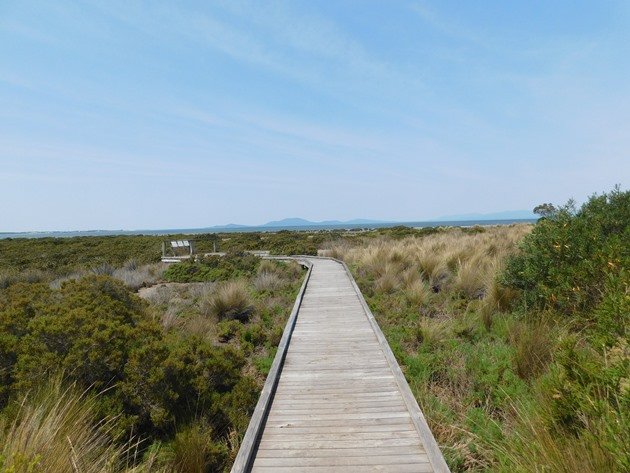
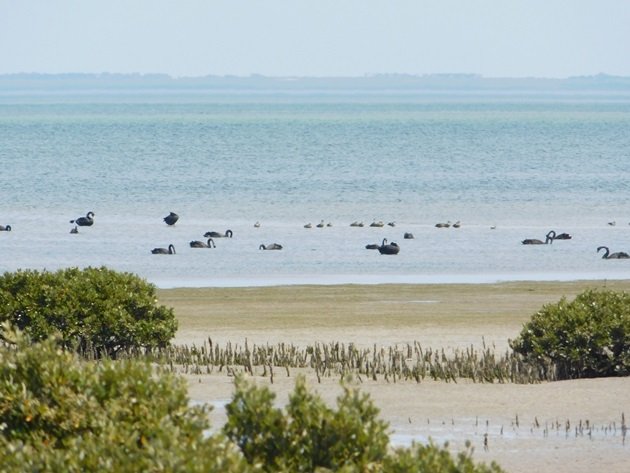
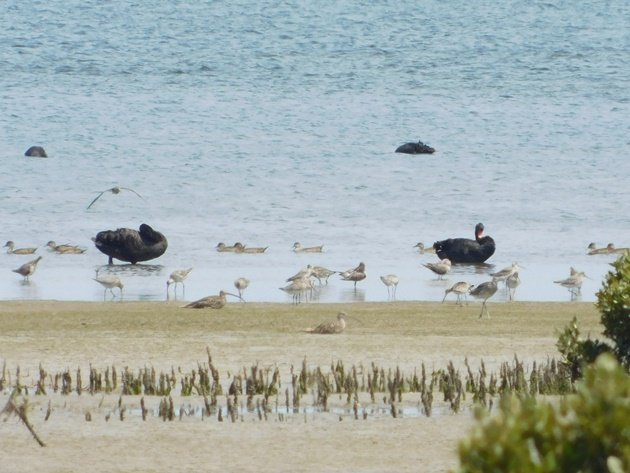
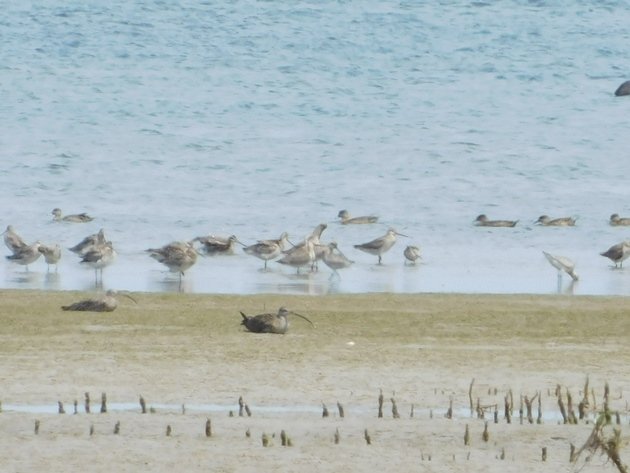
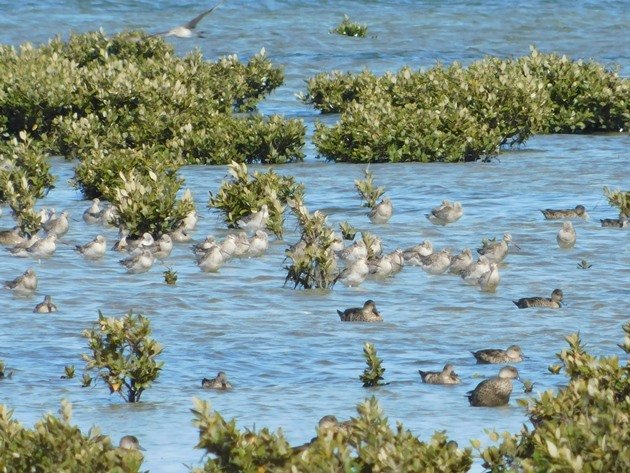
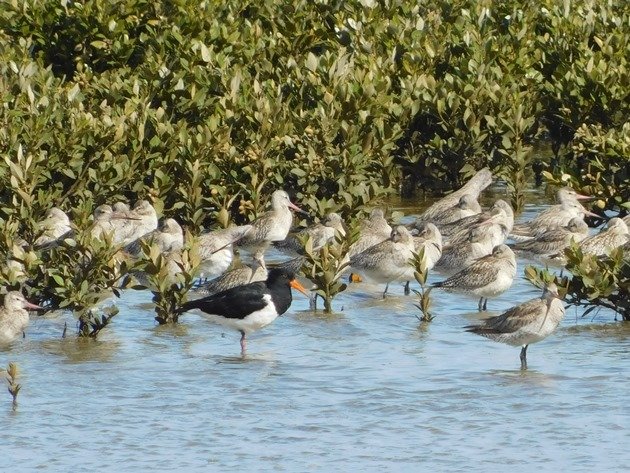
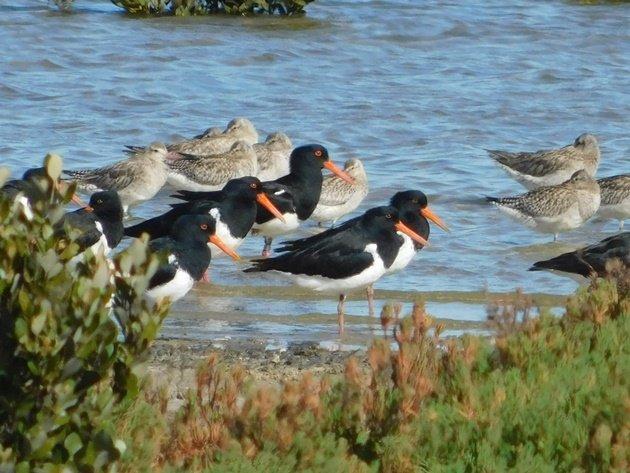
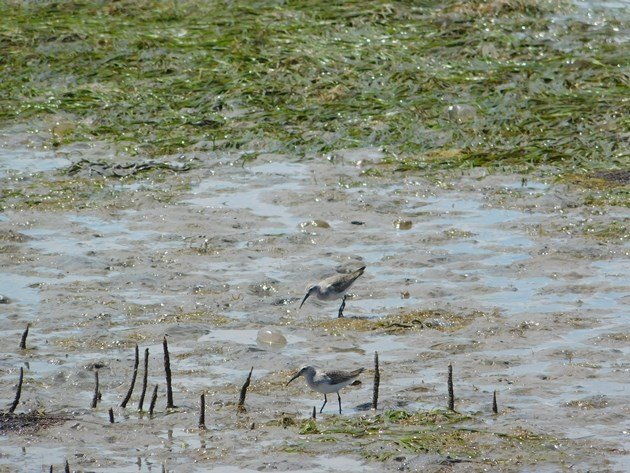
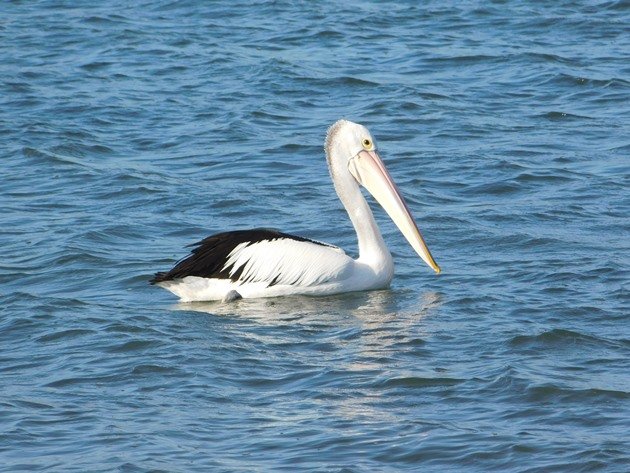










Leave a Comment